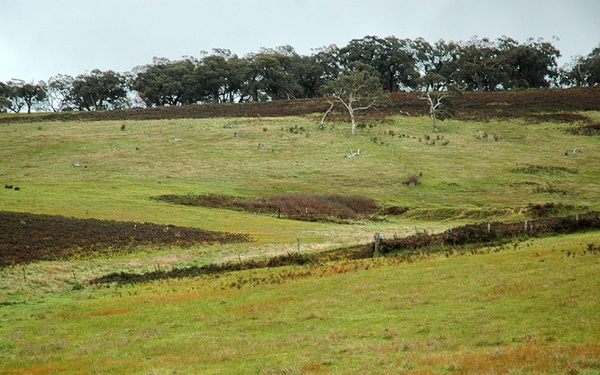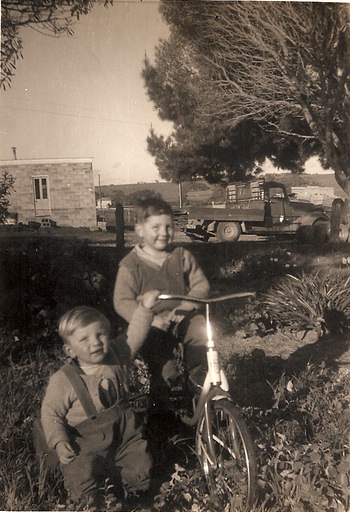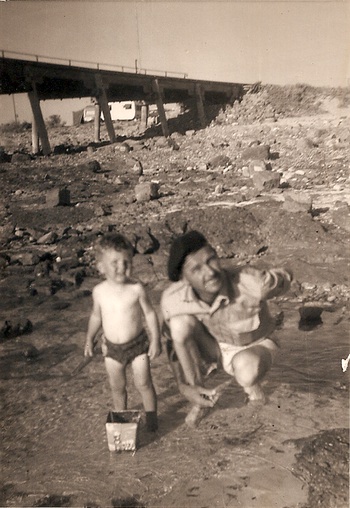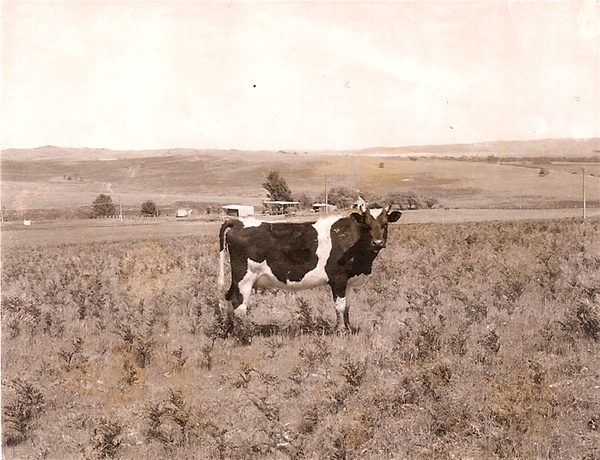[This post is part of the series 50 to 50, started last year to mark my 50th birthday. One post per year, y’see. The series ground to a halt due to a combination of work and personal pressures, as well as finding that such intense reminiscences of my own past were emotionally draining. Last night there was a conversation that triggered this attempt to resurrect the series.]
I’ve already written how we lived on the Mount Compass dairy farm for a decade, essentially through the 1960s. I’ve already written about its continual financial struggles and the joys of growing up as a free range kid. Today, to get this series back on track, some childhood memories that I’m sure have shaped my adult personality.
A dairy farm is a seven-day business, and a family farm is a family business. Everyone is expected to contribute. From the age of eight or nine I had my share of chores, and was given plenty of lessons in taking responsibility. I can remember simple tasks like feeding the dogs, helping clean the milking shed and lots of fetch-and-carry. But there were other chores that to a 21st century urban ear sound like a lot for an unsupervised young kid.
At the easier end of things was taking the two cattle dogs out to round up the cows for milking. Actually, the dogs did all the work. They’d see dad heading to the milking shed to start setting up and they’d kick off the round-up themselves, circling back to herd me and my brother if we fell behind. I’d also cycle the four or five kilometres into Mount Compass village to buy milk or bread or whatever. Easy stuff.
But there was more.




